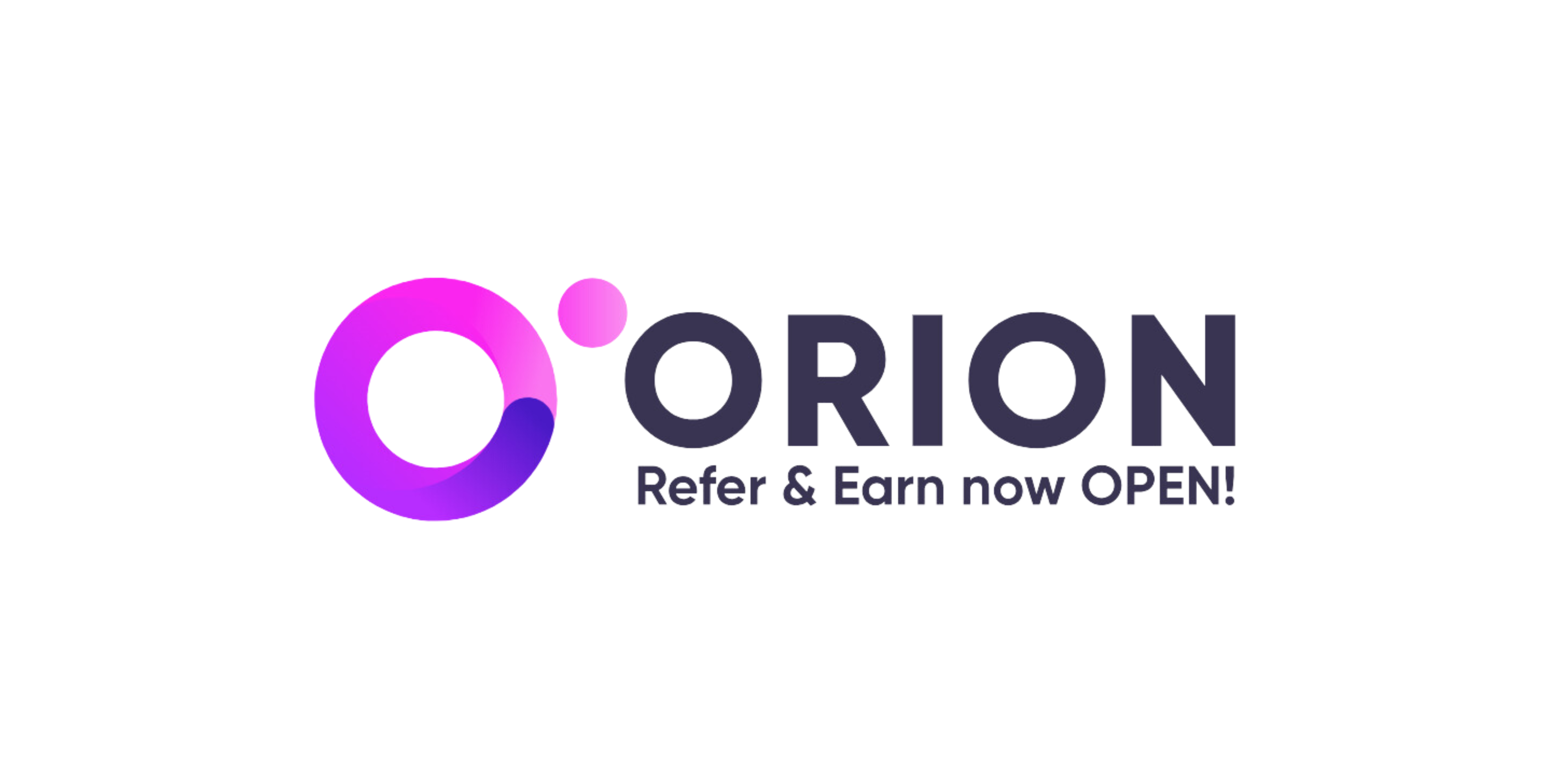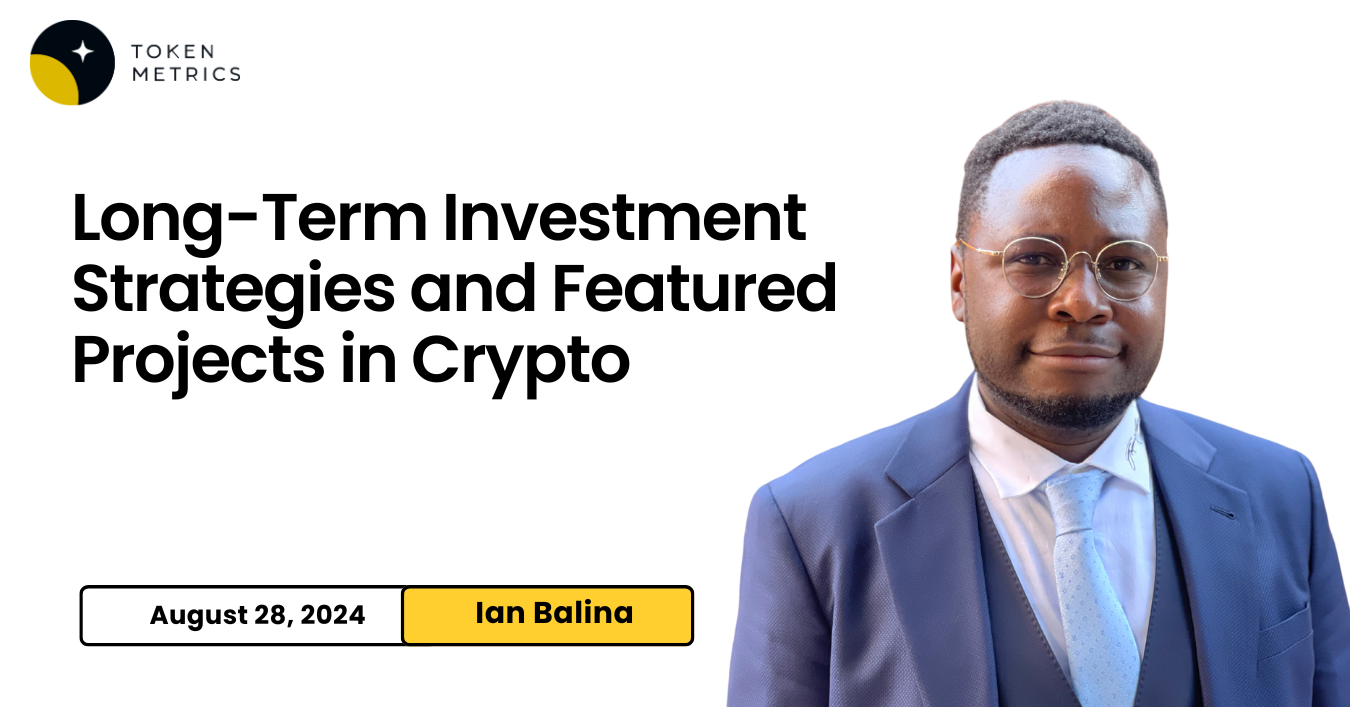Introduction
Orion seeks to transform DeFi trading by bridging the gap between centralized and decentralized exchanges, offering users access to aggregated liquidity and competitive pricing directly from their wallets. With a focus on community-driven innovation and wealth redistribution, Orion presents itself as a unique player in the crypto ecosystem.
Innovation
Orion introduces a comprehensive liquidity aggregation model, combining resources from leading centralized exchanges (CEXs) like Binance and decentralized exchanges (DEXs) such as Uniswap. This approach aims to offer users unparalleled access to market prices, enhancing the trading experience by eliminating the need for multiple accounts. Additionally, the ORN token plays a crucial role in the ecosystem, enabling staking, governance participation, and increasing utility as the platform grows. Orion’s innovation lies in its ability to merge the best of centralized and decentralized finance, providing a secure, user-centric trading environment.
Orion Architecture
The architecture of Orion is built on a decentralized liquidity network powered by the ORN token. At its core, Orion utilizes a Delegated Proof-of-Liquidity (DPoL) mechanism, where liquidity nodes stake ORN to participate in network operations. These nodes are responsible for executing trades and providing liquidity, with selection criteria based on staked ORN and available reserves. Orion also leverages atomic swaps and a peer-to-peer (P2P) network to enable decentralized exchanges of assets across different blockchains, ensuring security and reducing the risk of vulnerabilities. The broker network within Orion maintains liquidity across various exchanges, facilitating cross-chain trading and ensuring continuous availability of trading pairs.
Code Quality
Orion‘s codebase demonstrates a commitment to security and efficiency, particularly in the implementation of its liquidity aggregation and decentralized network mechanisms. The use of atomic swaps and the P2P network is well-executed, ensuring that transactions are processed without centralized intermediaries, thereby enhancing the overall security of the platform. However, the scalability of the codebase may require further optimization as the network grows and integrates with additional blockchains and exchanges.
Product Roadmap
Orion’s product roadmap includes several key milestones aimed at expanding the platform’s capabilities and user base. The initial focus is on enhancing cross-chain trading through the Orion Bridge, which currently supports Ethereum and Binance Smart Chain, with plans to integrate more blockchains in the future. Orion also intends to continue improving its liquidity aggregation model, increasing the number of supported exchanges, and optimizing the staking and reward mechanisms within its decentralized network. Additionally, Orion aims to expand its user base through community-driven initiatives and partnerships, ensuring sustained growth and innovation.
Usability
Orion prioritizes user experience, offering a seamless and intuitive trading interface through its Orion Terminal. The platform supports multiple wallets, including MetaMask, Ledger, and Trezor, allowing users to trade directly from their wallets while maintaining full control over their assets. The order execution process is designed for speed and efficiency, with real-time price feeds and automated order book updates enhancing the overall trading experience. Orion also facilitates cross-chain transfers, providing users with the flexibility to trade assets across different blockchains without the need for multiple accounts or intermediaries.
Team
The Orion team comprises experienced professionals with backgrounds in blockchain technology, finance, and software development. Their expertise is evident in the platform’s innovative approach to liquidity aggregation and decentralized trading. The team’s commitment to transparency and community engagement is reflected in their regular updates and open communication with users. However, the long-term success of Orion will depend on the team’s ability to navigate potential challenges, including scalability and regulatory compliance, while continuing to innovate and expand the platform’s capabilities.
Conclusion
Orion presents a compelling value proposition in the DeFi space, offering a unique blend of centralized and decentralized liquidity, advanced security features, and a strong emphasis on community involvement. The platform’s technical infrastructure, anchored by the ORN token, enables a seamless and efficient trading experience. However, as Orion scales and integrates with additional blockchains and exchanges, it will need to address potential scalability and regulatory challenges to maintain its competitive edge and continue driving innovation in the DeFi ecosystem.
| Initial Screening | |||
| Keep researching | |||
| Does this project need to use blockchain technology? | Yes | ||
| Can this project be realized? | Yes | ||
| Is there a viable use case for this project? | Yes | ||
| Is the project protected from commonly known attacks? | Yes | ||
| Are there no careless errors in the whitepaper? | Yes | ||
| Project Technology Score | |||
| Description | Scorecard | ||
| Innovation (Out Of 11) | 9 | ||
| How have similar projects performed? | Good | 2 | |
| Are there too many innovations? | Regular | 2 | |
| Percentage of crypto users that will use the project? | 6%-10% | 3 | |
| Is the project unique? | Yes | 2 | |
| Architecture (Out of 12) | 10 | ||
| Overall feeling after reading whitepaper? | Good | 2 | |
| Resistance to possible attacks? | Good | 2 | |
| Complexity of the architecture? | Not too Complex | 2 | |
| Time taken to understand the architecture? | 20-50 min | 1 | |
| Overall feeling about the architecture after deeper research? | Good | 4 | |
| Has the project been hacked? | Yes | -1 | |
| Code Quality (out of 15) | 12 | ||
| Is the project open source? | Yes | 2 | |
| Does the project use good code like C,C++, Rust, Erlang, Ruby, etc? | Yes | 2 | |
| Could the project use better programming languages? | No | 0 | |
| Github number of lines? | More than 10K | 1 | |
| Github commits per month? | Less than 10 | 0 | |
| What is the quality of the code? | Good | 2 | |
| How well is the code commented? | Outstanding | 2 | |
| Overall quality of the test coverage? | Outstanding | 2 | |
| Overall quality of the maintainability index? | Good | 1 | |
| When Mainnet (out of 5) | 5 | ||
| When does the mainnet come out? | Mainnet | 5 | |
| Usability for Infrastructure Projects (out of 5) | 5 | ||
| Is it easy to use for the end customer? | Yes | 5 | |
| Team (out of 7) | 6 | ||
| Number of active developers? | 5+ | 2 | |
| Developers average Git Background? | Senior | 2 | |
| Developers coding style? | Solid | 2 | |
| Total Score (out of 55) | 47 | ||
| Percentage Score | |||
| Innovation | 16.36% | ||
| Architecture | 18.18% | ||
| Code Quality | 21.82% | ||
| Mainnet | 9.09% | ||
| Usability | 9.09% | ||
| Team | 10.91% | ||
| Total | 85.45% |





